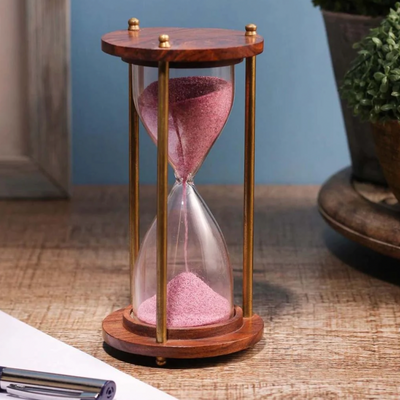All About Soapstone Sculpting
We’ve all known talcum powder and have used it for a variety of purposes: from making ourselves sweat-free in summers to smoothening carrom-board surfaces. But did you know that the rock which is used in making this powder, i.e., soapstone, can be given a number of shapes?
Steatite or soapstone- the softest element present on earth (the polar opposite of diamond, in a way) is found in slabs through quarrying. It is a metamorphic rock mainly made up of talc. Though it is non-porous and heat and acid resistant, it is quite soft and easy to carve. Infact, the name soapstone is derived from the unique soapy feel and texture of this stone. It is not just talc stones, but Chlorite, Serpentine, and Wonderstone are also included in the concept of Soapstone.

Historical Background
The Sculpting of soapstone is not new to mankind. Signature seals were carved by ancient Babylonians and Egyptians using soapstone. In India also, this style of sculpture can be seen in Hoysala and Halabedi temples. Archaeology indeed surprises us here as this precious stone was once used for making utensils and other objects of everyday use. The first (fully established) use of the stone can be traced back to China, around 3,000 years ago. Some historians argue that findings in Inuit and Canada point out that these stones were in fact carved even 7,500 years back!
 The former general office building of the Broughton Soapstone Quarry Co. in Quebec, Canada. It was built in 1933 in soapstone and its foundations are in concrete.
The former general office building of the Broughton Soapstone Quarry Co. in Quebec, Canada. It was built in 1933 in soapstone and its foundations are in concrete.
Process of Sculpting
1) Tools and Equipments
When one hears of sculpting, what automatically comes to mind is that you need a knife, chisel, hammer, saw, screwdriver, scissors and compass. Maybe even a lightsaber! Sadly, all the Star Wars fans will have to wait their turn a bit longer. Soapstone can be shaped using one’s hands and a little bit of water. You don’t need such intricate instruments to do the trick. However, rasps and files can be utilised for fine tuning the work, facilitated by sandpaper. The rasps and files need to be chosen depending upon the extent of precision that is needed. If one is able to find the right kind of soapstone, the sculpture can be made easily using this process. Usually, any kind of steatite which seems workable when wet with water should do the trick.
2) Safety Measures and Precautions
After selecting the soapstone, it becomes quite important to ensure that the process of sculpting is done with utmost safety- nobody wants to inhale talc as it can cause serious lung damage. Needless to say, the fine air borne particles also pose a great hazard to the eyes. I know I said you wouldn’t be needing a saw, but a dust mask and safety glasses are a must if you’re doing this at home. And don’t forget to wear an apron (which you should ideally discard later - you wouldn’t want any of the particulate matter to end up on your food that you’ll make using that apron). A bucket of water should also be kept nearby, which would ease the sanding process. Make sure that the area has adequate ventilation (preferably, work outdoors in a place which doesn’t expose others to the hazard either), and that all the gear is removed safely after you’re done with the work. Also, the process is going to be quite tedious, so a pro tip for first timers would be to take breaks frequently.
3) Design and Carvings
Once adequate safety is ensured, you can draw out your design, taking into consideration that the rock is a six dimensional figure. Then start flitting at rock using the rasping tools, file the rough edges favourably using the filer, and polish it off with sandpaper. Once enough dirt is produced while smoothening with sandpaper and you’ve attained your desired sculpture, wash the structure in the bucket of water that you have. Once it dries, oil it thoroughly. The porosity of the stone and its other properties allow for the absorption of oil, which makes things your piece of art smoother and shinier.
With so much said about the process, it must be added that sculpting is an art which is developed over time. This craft work requires great deft, which anyone can build by inculcating finesse through practice. There are many books available on the process, so those interested in getting started with soapstone sculpting as a hobby should go through these resources. This article, though inclusive of the entire process, gives you only a broad outline- the more you read, the more you’ll know!
Products Made from Sculpting
Though many large artefacts and those of daily use were made using this method earlier, today’s market demands are met by smaller products. Even today, cookwares made from this stone are sold, even though jewellery and showpieces are more popular. Showpieces include figurines of animals, chariots, candle stands, models of objects of everyday use etc. Most of these are off white in colour, though the colour may vary depending upon the type and the colour of the soapstone used. To give a buyer an idea about the price, a 5-inch piece made from this method would cost around Rs.800 (if made in present-day, of course. An ancient find would cost way more, sky's the limit!)
All images via Wikimedia Commons
Written by Sanjwala Mukund







Leave a comment